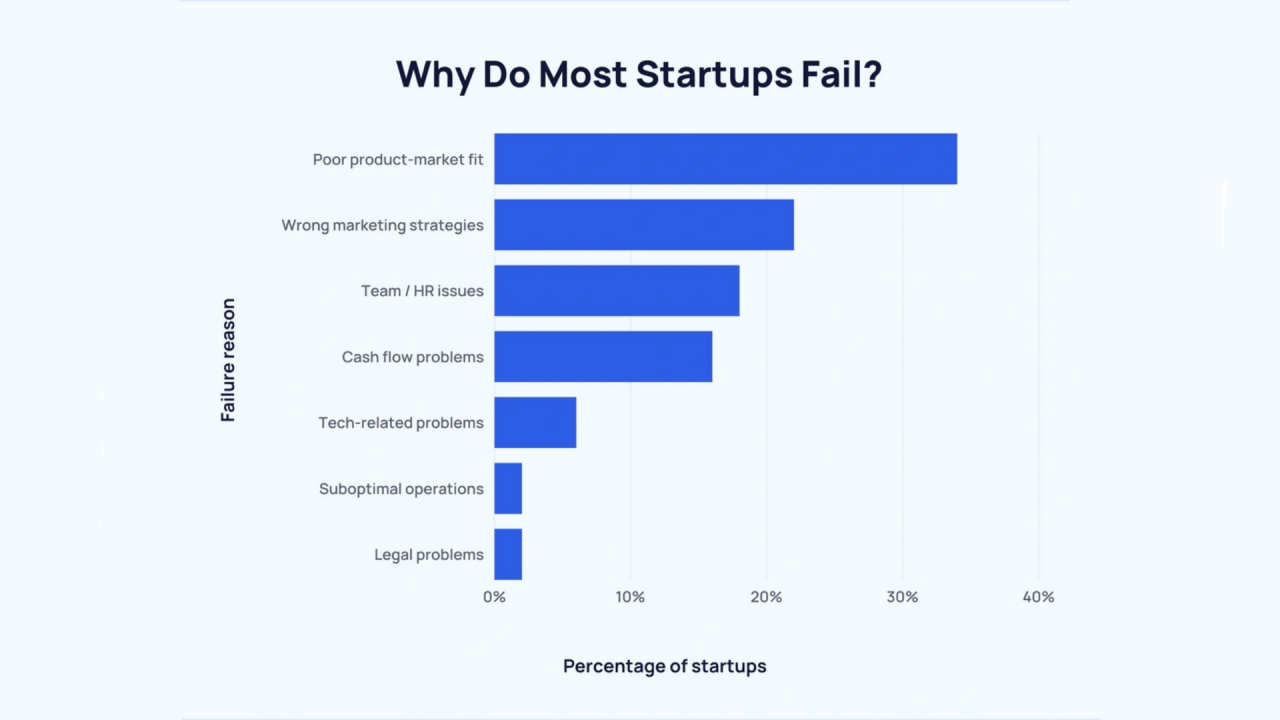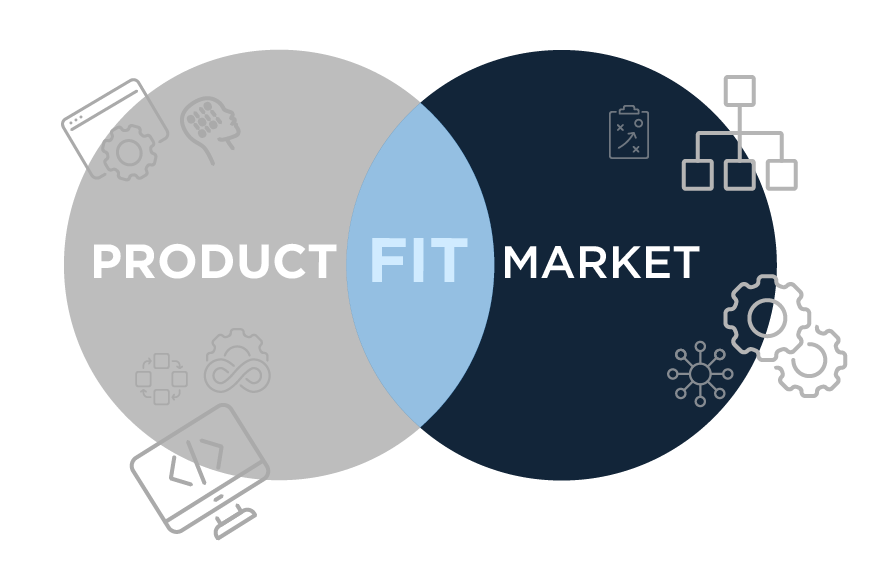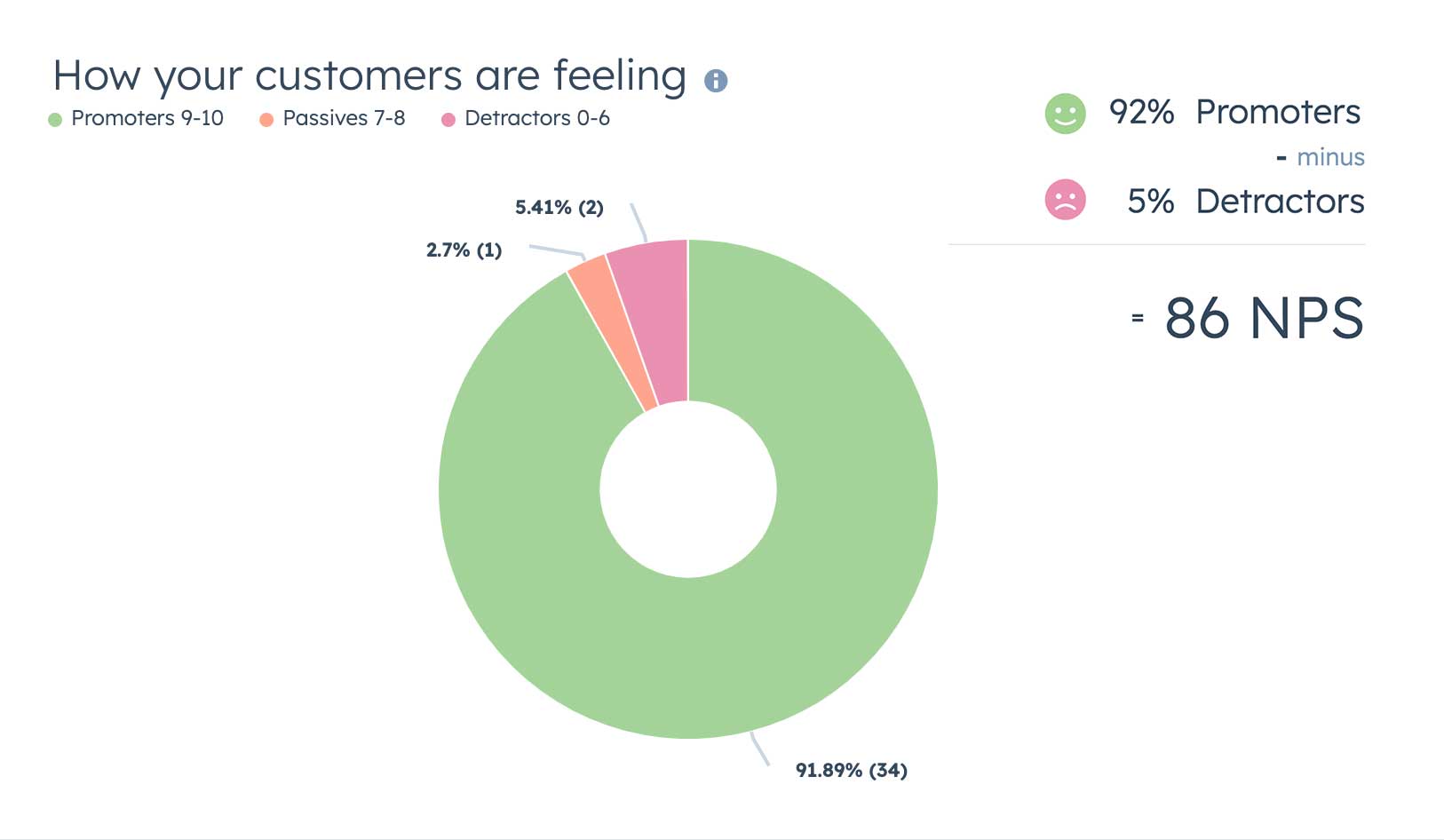Do you have a game-changing idea for a new product?
You most likely came up with this idea from noticing a problem in your industry or because the product you just used broke or didn’t work as promised.
Whatever your idea, you probably wonder if you can make it into something you can sell. Most entrepreneurs can’t resist the challenge of inventing something and making it a reality. As you might already know – you were born to do this.
If you’re serious about turning your idea into a reality that could change the world, you’ve come to the right place to figure out where to start.
Every day, there are individuals with great ideas who possess the imagination, talent, and unique insight to see things that others cannot. However, it’s hard to tell how many of these ideas have been lost over time due to hesitation or a lack of knowledge about where to begin. This lack of action has likely prevented these ideas from coming to fruition, which is a shame because they could have helped many people.

Source: Go Global Newsletter
In this article, I will introduce you to a topic called product-market fit.
It is the first step in the brand development process. And an approach I have used for over 25 years to develop brands.
And here’s why: Over 30% of businesses fail (some sources say as high as 90%) because their offering fails to achieve product-market fit.
In other words, no one is eating what they are cooking.
It’s heartbreaking to see people lose their hard-earned money, homes, retirements, and family farms due to failed business ventures.
A client reached out to me seeking marketing assistance after selling his family farm to start a technology business. However, the product failed to gain traction in the market as the problem it solved was more of a “nice to have” rather than a “must-have.” Unfortunately, the company ran out of cash before they could turn it around.
It’s a painful reminder of how unpredictable and unforgiving the business world can be.
For those who are diligent in their efforts, comprehending the concept of product-market fit can be beneficial in keeping them on the right track as they work towards solving a problem a lot of people have. Over time, the solution can lead to building the company of your dreams—and all the good things that come with it: freedom, being your own boss, and increased income.
Starting a business involves taking risks and it’s not for those who give up easily.
However, with some upfront work, you can reduce the risks and ensure that your leap of faith has a soft landing.
Understanding Product-Market Fit

What is product-market fit? Product-market fit is simply whether or not you have a market for your product (service or offering) at the right time that will allow you to build a viable, profitable, and sustainable business.
After all, if you can’t make enough money from your product to cover the development, production, and marketing costs while being profitable —would it be worth it?
Marc Andreessen (the person who coined the term) defines product-market fit: being in a good market with a product that can satisfy that market.
Every top brand you can think of in the world has achieved product-market fit, including products like Apple’s iPhone, Microsoft’s Windows, Starbucks’s Latte, and Nike’s Air Force 1s, to name a few. These products solved a massive problem in an enormous market at the right time.
CLEAR IDEA: Solve a problem that a lot of people have. Then, go all in to solve it.
Step 1: Research Industry Facts and Trends
Researching industry facts and trends is crucial to ensure that your product can grow into a sustainable business.
Start by researching industry facts and trends. You should analyze market reports, trends, industry publications, and relevant data to gain insights into customer preferences, market size, growth potential, and emerging technologies.
You can identify new market segments, anticipate customer needs, and develop innovative solutions by staying up-to-date with industry facts and trends.
Researching industry facts and trends is essential so you understand if the industry you are entering is sustainable and thriving.
If you have a game-changing product, what is it going to take to build awareness and move customers to this new segment?
Here’s a quick example in the dog food space, right now, we’re seeing a big push for fresh and raw. Brands like Farmers Dog are spending millions in advertising to change public opinion of dry kibble to the benefits of fresh and raw.
By understanding the market dynamics and customer preferences, you can develop strategies to thrive and adapt rapidly in the changing business environment and identify aggressive brands making big moves to capture market share.
CLEAR IDEA: Know your industry.
Step 2: Understand Search Trends
Understanding internet search trends is also crucial for you to optimize your online presence and reach your target audience effectively. By analyzing search data, you can identify popular keywords, topics, and search queries relevant to your product, service, or offering.
Use tools like Google Trends, Exploding Topics or Answer the Public to track the popularity of specific keywords over time to understand search trends. This will help you identify emerging trends, seasonal variations, and customer interests.

Use sites like Exploding Topics to expand your research.
By understanding search trends, you can know if your product has a stable or growing interest. Search interest and trends are another indication of whether or not you can achieve product-market fit.
When assisting my clients in assessing the fit between their product and its target market, I coach them on thoroughly examining search trends and keyword volumes. Over the years of marketing businesses online, I can confidently determine the amount of organic search traffic that can be generated to drive sales. Additionally, I can estimate the portion of the marketing budget that needs to be allocated to paid search advertising in order to achieve revenue goals and generate a positive return on investment.
CLEAR IDEA: 98% of searches start on the internet.
Step 3: Competitive Analysis
Conducting competitive analysis is another crucial measure for you to understand the competitive landscape and identify growth opportunities—or what I call the “whitespace.”
By analyzing your competitors’ strengths, weaknesses, positioning, offering, and pricing, you can understand what and who you are up against and develop strategies to differentiate your product and gain a competitive advantage.
When conducting competitive analysis, you must gather information about your competitors’ products, pricing, marketing campaigns, distribution channels and customer feedback. Additionally, you should take a look at your competitors’ social media feeds to understand who their target audience is. By doing this, you will be able to identify gaps in the market, develop more precise and unique value propositions, and stand out from the competition.
This may involve adding unique features to your product, investing in a robust customer service department, or targeting specific niche markets to get a foot hold.
CLEAR IDEA: By understanding your competitors and the market dynamics, you can position your product and become a brand your customers love from day one.
How will you know if you achieve product-market fit?
The companies I’ve worked with tend to experience an upshift when they achieve product-market fit. You feel a change in momentum, and things flow more smoothly.

Net Promoter Score by HubSpot
It’s important to have standardized tracking in place to measure key metrics and determine if there is a product-market fit.
At ClearStory we track the following metrics:
- Qualified traffic and leads
- Repeat customers and returns
- Reviews, NPS (Net Promoter Score) and CSAT (Customer Satisfaction)
- Email subscribers
- Forum and social media mentions
- Social media engagement (not followers)
- Sales
We use digital dashboards from Business Made Simple so you have access to your most essential metrics 24/7 allowing you to pause, pivot or accelerate marketing efforts that saves cost and time.
You will know you achieve product-market fit when everything lines up and growth comes easily and organically. If words get out on the street, you have a good product; you just need to stay out of your own way.

When you achieve PMF, you’ll know it and see it!
So in conclusion, to find your products perfect market; research your industry throughly, get a good grasp on keyword interest and traffic, understand who your competitors are and what will be needed to compete against them to find the “whitespace” and track the right measures and metrics.







